Daniel Shea is an artist based in Chicago working primarily in the mediums of photography, installation and sculpture. He is scheduled to receive an MFA from the University of Illinois at Chicago in 2013. He recently published his first monograph, Blisner, Ill. in conjunction with a long-term residency at Columbia College Chicago and a book release at the Museum of Contemporary Photography. He has exhibited recently at The DePaul Art Museum, The Museo de Arte Acarigua-Araure, Venezuela, MDW Art Fair, Andrew Rafacz Gallery, the Moscow Museum of Modern Art, Asia Society in Beijing, and LVL3 Gallery, among others. In the summer of 2013 he will be moving to New York City and begin working as an adjunct professor of photography at The Maryland Institute College of Art.

Blisner, Ill. provides an account of what happened in and what remains of a single Rust Belt town during the process of deindustrialization. Beginning with an early history of the discovery of bituminous coal in Southern Illinois, moving through the last century of mine disasters and factory closures, and ending with the fallout of deindustrialization, Blisner represents a narrative that is both distantly dystopic and familiar to discourses on American industry and Main Street. The Blisner that exists today provides the surface that renders these histories photographically possible.

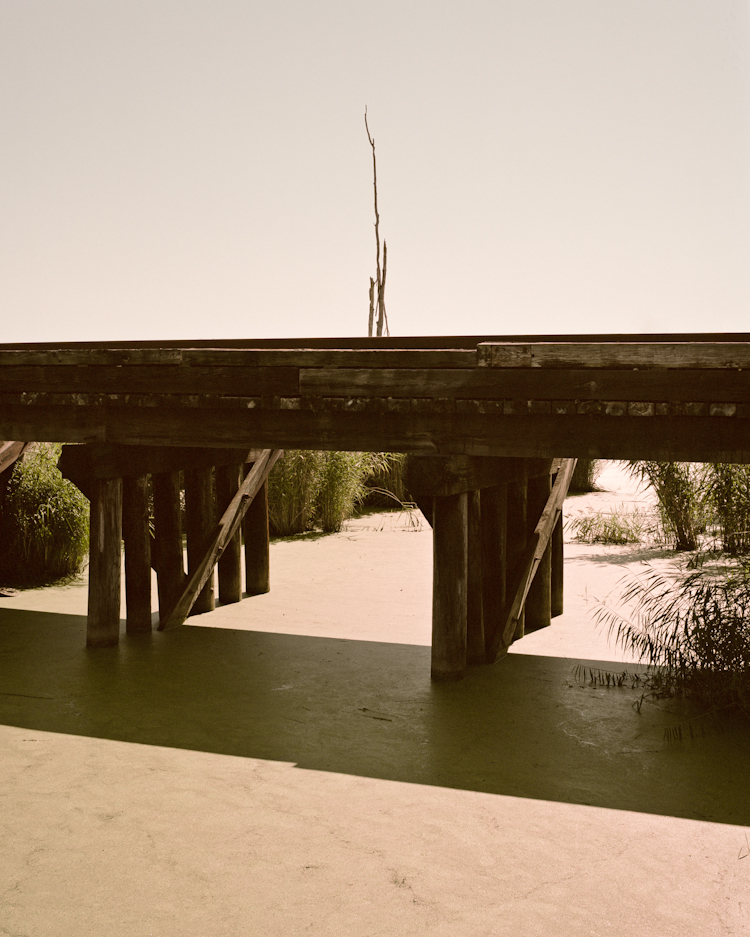
The visual component to the project is comprised of original photographs made on site, images sourced in studio constructions, and material pulled from historical documents. The formal visual works are presented together with anecdotes and fragments pulled from various moments in Blisner’s history. Booster club pamphlets boasting industrial prowess contrast with original microfilm documentation from the local papers of a 1951 mining disaster that claimed the lives of over 100 men. The written text is rounded out with oral histories and a curatorial essay by artist and programmer John Friel, which explores basic cognitive strategies for understanding information presented to us across multiple simulated landscapes.
As a strategy, the book conflates both the artist monograph and research document. This approach is reflected in the formal presentation of images and text in the exhibited works. This ungrounding or “unframing” of points of reference is also employed in the actual construction of the narrative – Blisner is not a real place, but rather a fictitious one based on the conflations of multiple towns’ respective histories in both Southern Illinois and South Chicago. The act of fiction is employed as a device from which the viewer can attempt to understand how exactly the titan mythology of American industrial might came to be.

The creation of a given mythology, such as the one surrounding the post-industrial ruin ubiquitous with towns and cities across the country, suggests an interesting dialectic. In the act of mythologization, politics and specificity are lost to the myth, undoubtedly a social problem. However, mythology also allows us to exist in the lush fiction of the circumstances that create this myth, a fiction that Blisner Ill.’s retold unhistory projects with dread.
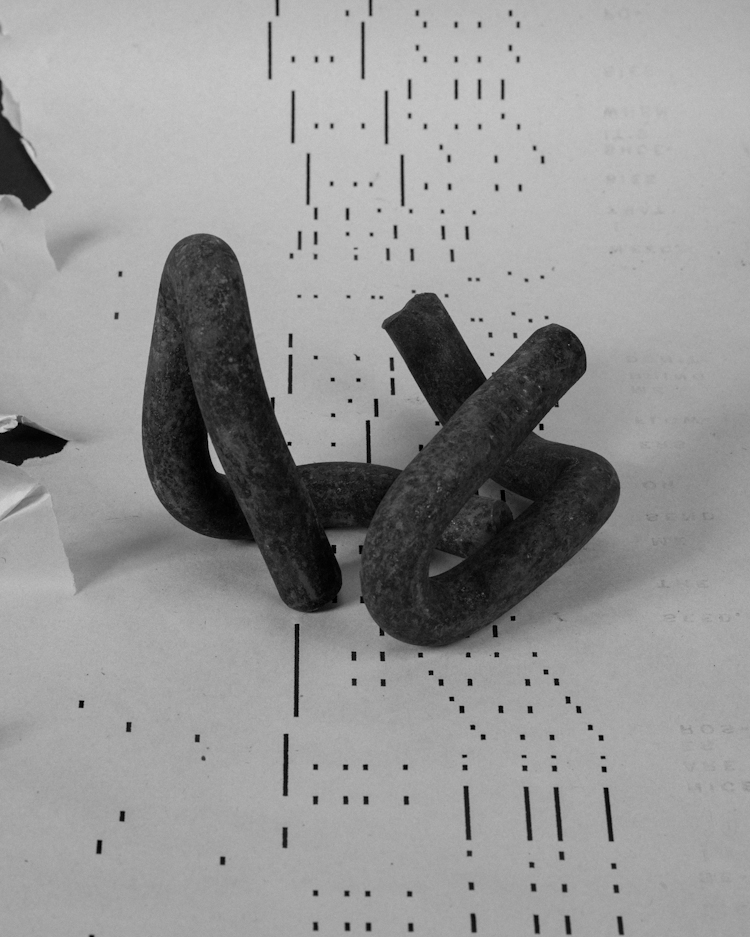
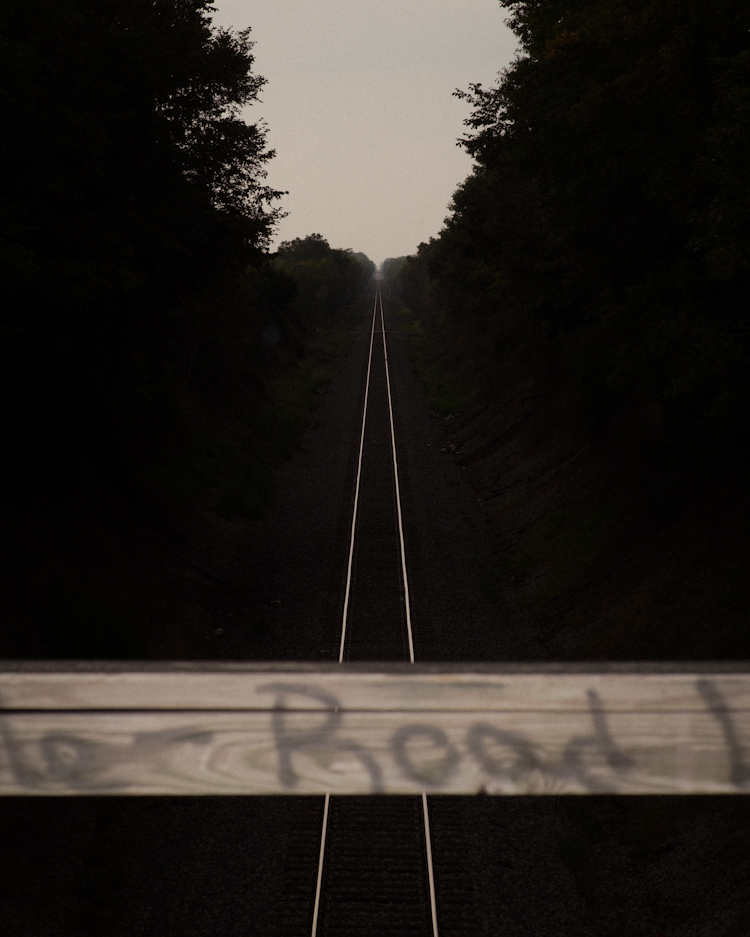
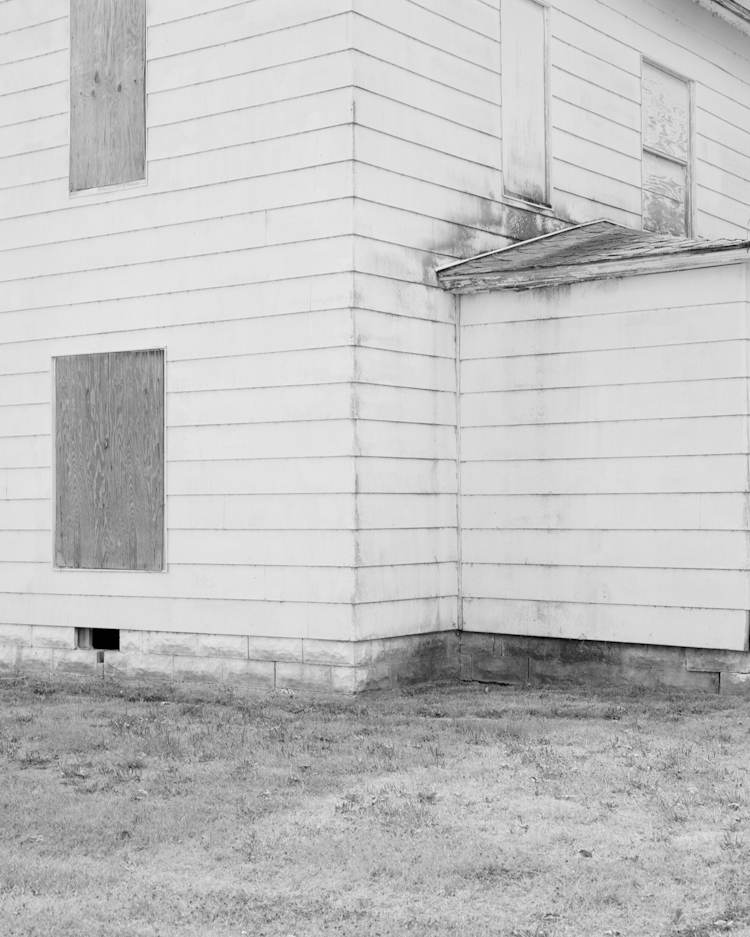
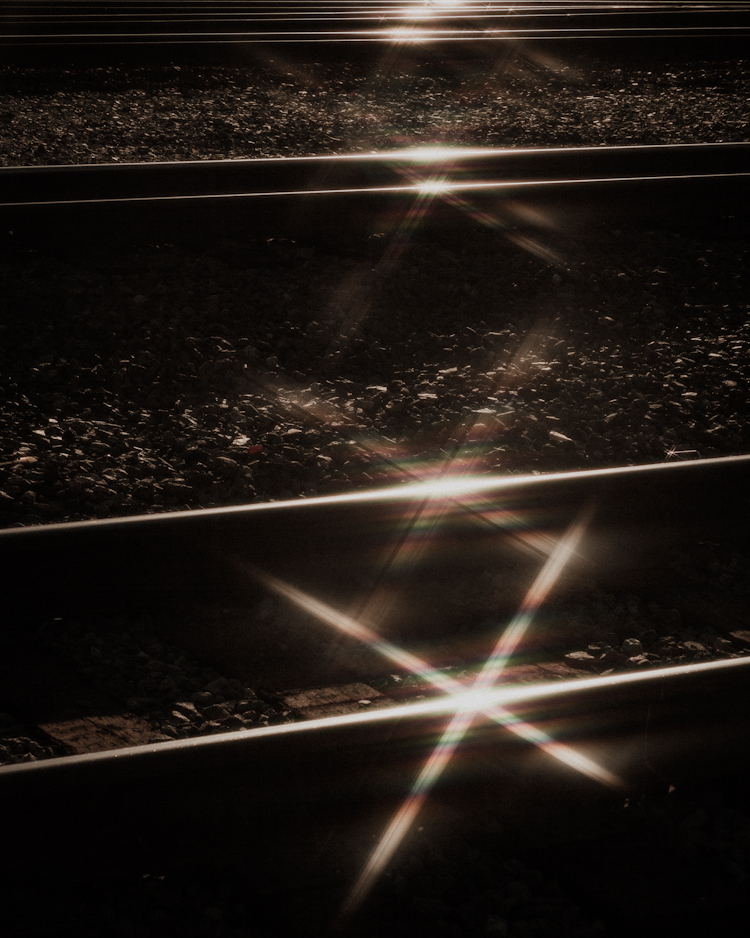

You can find his monograph Blisner Ill here.
For more work, please visit his website.